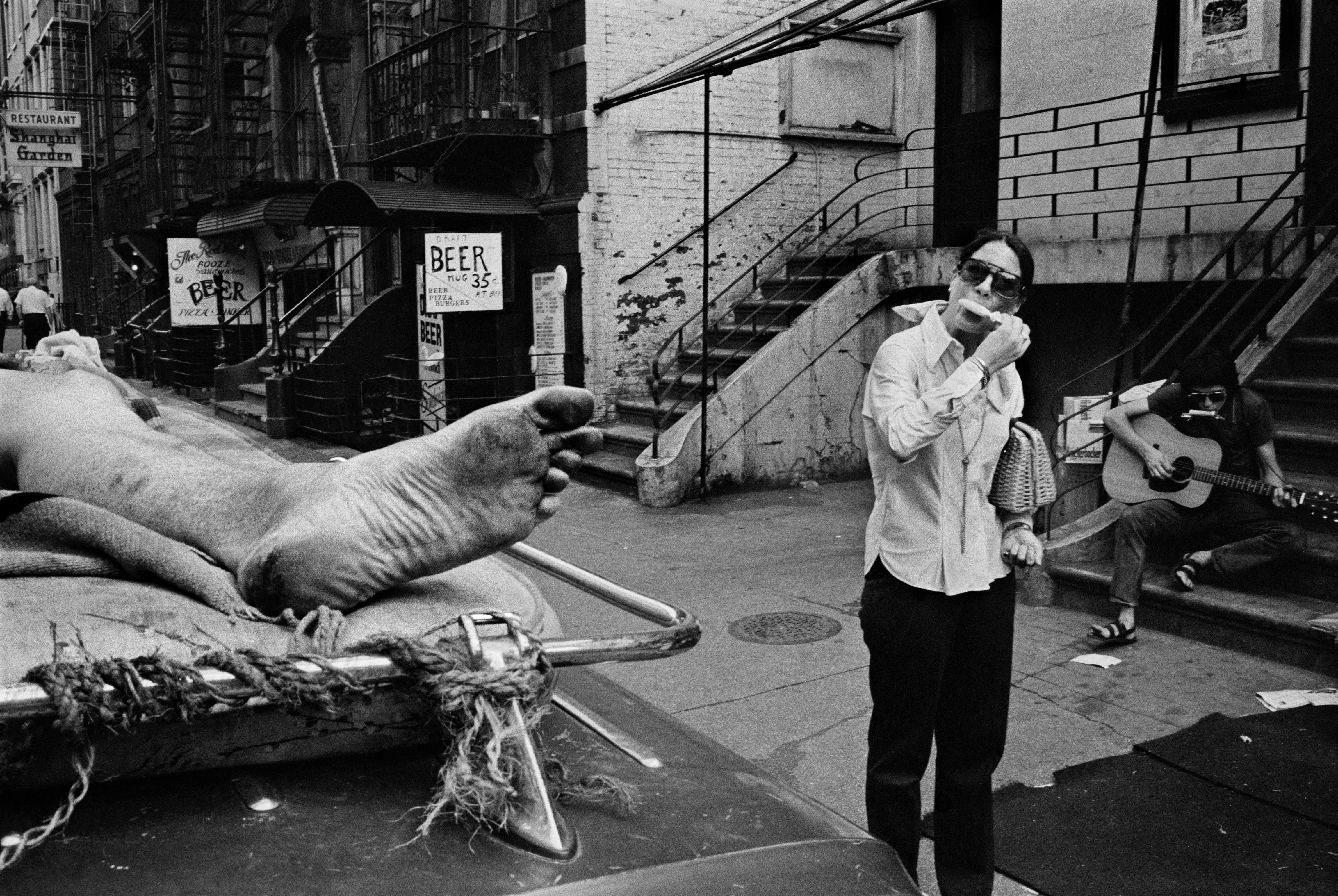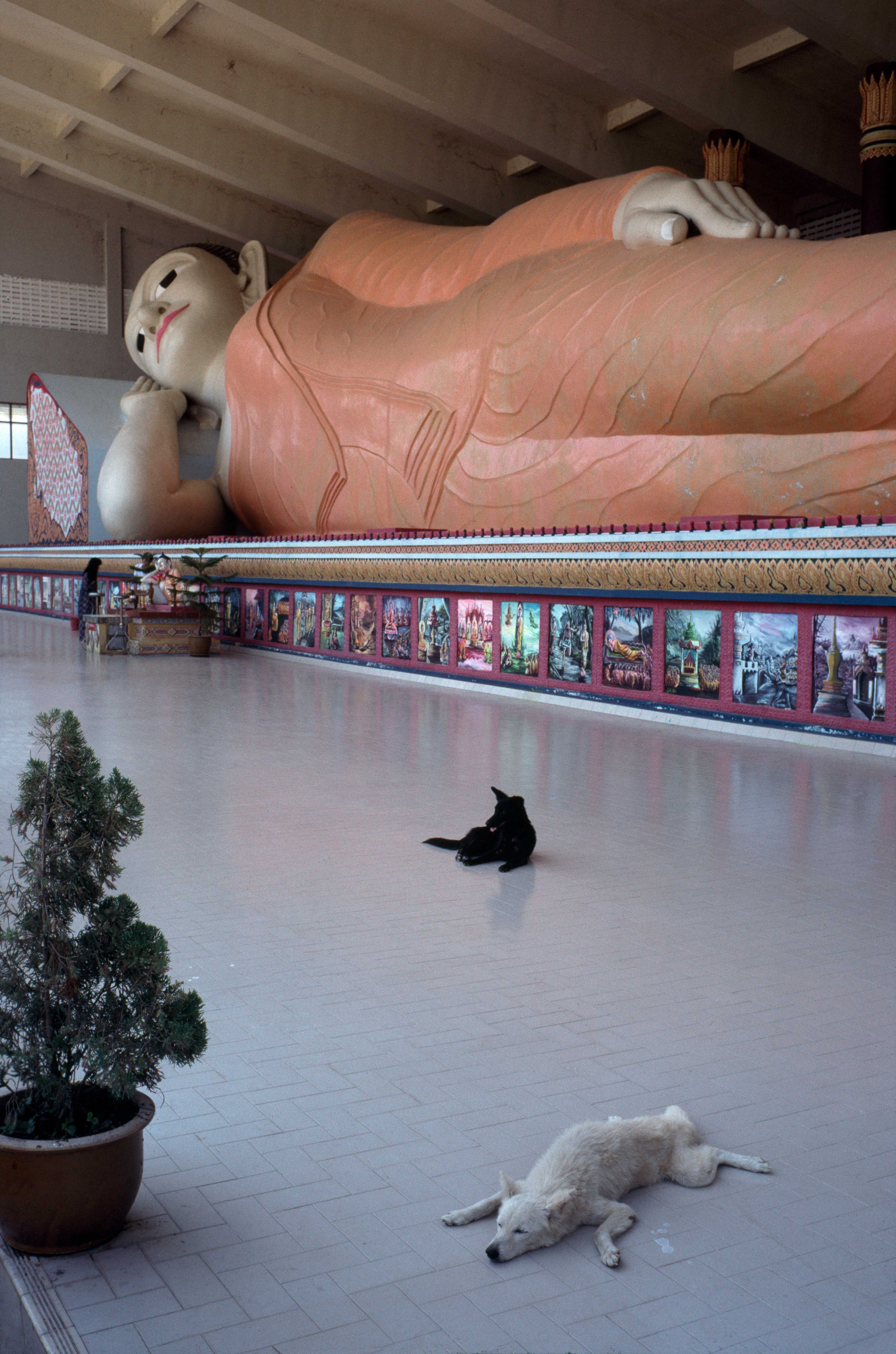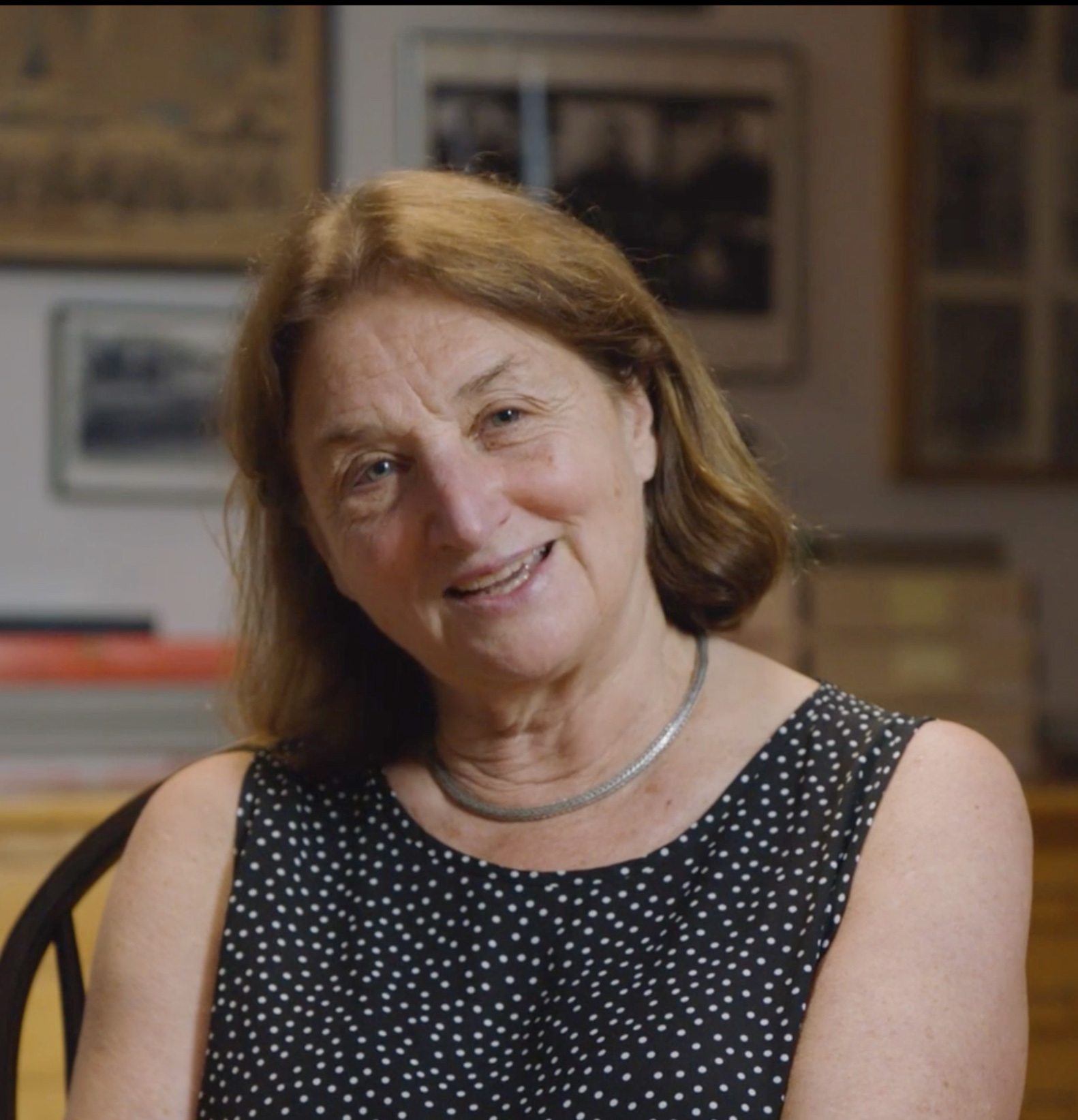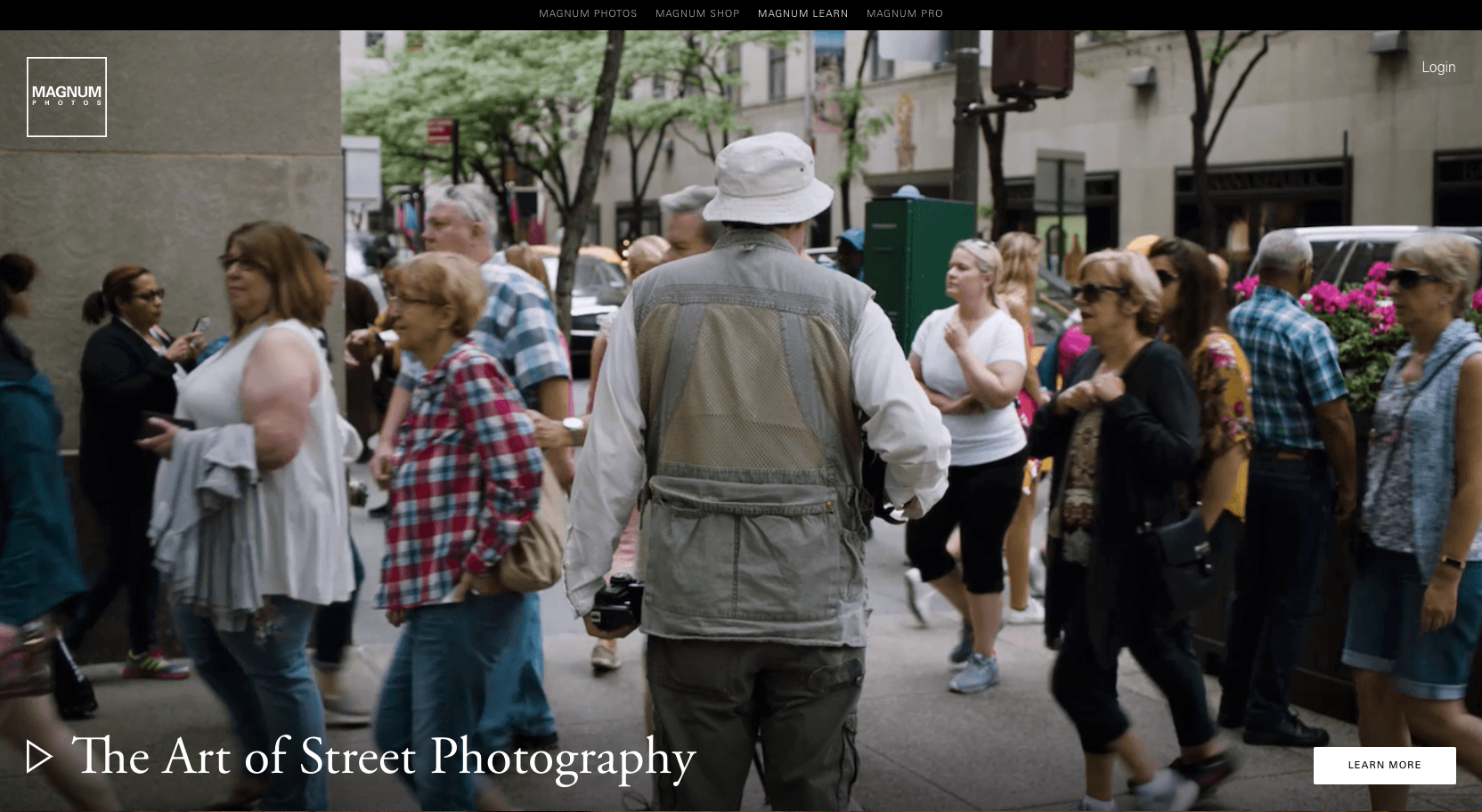Magnum Learn Monday: How to frame the unexpected in street photography
The frame can drastically affect how successful an image is – here's some expert advice from Magnum Photos' pros

Digital Camera World has partnered with Magnum Learn to publish a taster of its first online course, 'The Art of Street Photography'.
Magnum Learn is the education portal of Magnum Photos, and the course tutors comprise Martin Parr, Peter van Agtmael, Carolyn Drake, Richard Kalvar, Mark Power, Bruce Gilden and Susan Meiselas.
'The Art of Street Photography' consists of 10 themed lessons and costs $99. We'll be publishing a new extract every week on Magnum Learn Monday until 02 September!
This week, in the fourth extract, we're learning how to frame the unexpected – it's one of the keys to successful street photography.
Miss last week's extract? Click here to read Magnum Learn Monday Part 3: Case study – On location with Martin Parr.
Click here to read Magnum Learn Monday Part 2: Getting started – approaching the street.
Click here to read Magnum Learn Monday Part 1: How to shoot street photography like a pro.
The best camera deals, reviews, product advice, and unmissable photography news, direct to your inbox!

Defining the frame in photography
The frame – a tiny little rectangle or little square, as described by course tutor Peter van Agtmael – is key in photography.
What you include or exclude, how you position yourself and your subject within this limited space, can drastically affect how successful an image is.
For street photographers, this is especially true and challenging: the scene in front of you is constantly evolving in infinite ways, from people entering and leaving the frame, to their expressions changing.
Much of this is out of your control; but by inserting yourself into the action, reacting to what is around you, you can improve your chances of finding yourself in the right places at the right moment to (with some luck) capture something remarkable.
Consider how you compose and structure the image to create, as course tutor Richard Kalvar says, something that feels satisfying. This requires a combination of quick calculations, focus, and awareness.

What makes a photograph good?
This is a difficult question. Although there are some fundamental guidelines – for example, the Rule of Thirds, Golden Rule, Leading Lines and so on – even if you execute your photography to so-called technical perfection, there is no guarantee this will result in an engaging image.
What is often cited as the key component to a successful photograph is, as course tutor Susan Meiselas describes, an emotional connective point, in combination with a strong sense of form.
Seeking the unexpected
How can you find and capture unexpected, surprising or moving moments?
When we view the work of some of the great street photographers in monographs or portfolios, it seems as though something incredible was unfolding in front of them whenever they hit the streets.
The reality is that these photographers have dedicated a huge amount of time to making pictures, and we end up seeing only a tiny fraction of what they have photographed.
You need to be patient, work hard and keep going, even when it isn’t working.
Using the frame: advice from some course tutors

Use a lens with a fixed focal length
Why use a fixed lens? As Richard Kalvar points out, a fixed lens enables you to understand where the ‘walls’ are: where the frame begins and ends.
It is also useful to get into the habit of physically moving your feet in order to fill the frame. It forces you to get close to your subject and make that ‘connection’ he speaks about.
28mm or 35mm lenses are good starting points, and both are widely used by some of the masters of street photography.
Both of these lenses are wide-angled, meaning they exaggerate angles and scale so that objects within the foreground of the frame appear much larger, and vice versa.
They are very useful if you want to create images that are layered and dynamic. If you only own a zoom lens, just set it to one focal length and try to resist the urge to zoom.
“I want an intimate connection with the reality that I’m photographing. Intimate connection,” says Richard Kalvar.
Fill the frame, create layers
Try to use the space well. Though it can be effective in some cases, placing the subject in the centre of the frame often equates to less interesting photographs.
Experiment. Try creating layers in your photograph where the relationship between the elements within the foreground and those in the background contribute to a dynamic overall visual experience.
Says Richard Kalvar: “You have a whole frame to fill and everything has to work, and it’s not just the little thing in the middle.”

...Then go beyond ‘just’ arranging things in the frame
The most successful images are more than simple arrangements in a frame; rather, they present something meaningful to the viewer.
Whether that is a moment of humour, sadness or excitement, it is important to be thinking about the content as well as the form.
“I want the tension within the frame of those different elements to play,” says Susan Meiselas.
“So it’s something between the content and the meaning of what I’m trying to draw from that moment – but certainly with a strong sense of form, so the formal elements are operating parallel to the emotional.”

Practice, practice, practice
This is the key to improving and is a process that never really ends.
“It’s really a question of determining, really calculating every millisecond, what might be adding to the photograph and what might be taking away,” says Peter van Agtmael, “and what elements you want to zoom in on and when you want to zoom out.
“And that can only be understood and reacted to over time, and it takes years of practice to get there and the process never really ends.”
About Magnum Learn

‘The Art of Street Photography’ is the first course to be offered on Magnum Learn, the new online learning platform from the world’s most prestigious photo agency.
The course consists of 10 themed lessons comprising in-depth video and tutoring from Magnum pros, offering key advice and guidance to help improve your photography in the street… and beyond.
Seven world-class photographers teach the course. These include Bruce Gilden, Martin Parr, Susan Meiselas, Richard Kalvar, Carolyn Drake, Peter van Agtmael and Mark Power, plus industry leaders.
These pros have contributed their unique insights, knowledge and experience to the lessons, and guide the pupil through the process of honing their photography skills via intimate interviews and on-location demonstrations.

Next time…
Learn how to take photos of people, in the final part of our serialisation of Magnum Learn's ‘The Art of Street Photography’. It'll be published on 2 September, so don't miss it!
If you like what you've seen from ‘The Art of Street Photography’ so far, then click here to find out more about the course.
Read more:
Photography tips and techniques
5 top street photography tips to try
Buying guide: street photography-friendly mirrorless cameras
The sister print publication to this website, Digital Camera Magazine is Britain's best-selling photography publication – and it can also be purchased outside the United Kingdom as Digital Camera World.
Digital Camera Magazine is packed with more expert advice and more inspirational images than any other title, with the sole aim of helping you become a better photographer. Every issue we also bring you a selection of great gifts which are designed to help you get more from your photography – everything from tips cards and cheat sheets to free software and bookazines.
In addition to inspirational images, interviews, projects, mini tests and tutorials, each issue is packed with news, reviews and comparisons, as well as photographer vs photographer shootouts and head-to-head challenges using the best photo editing software.
The magazine is captained by Editor Niall Hampton.

